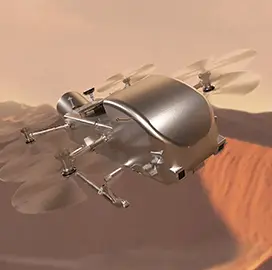The Defense Health Agency is seeking commercial platforms designed to provide a human-centered patient experience for its beneficiaries and improve the collection of patient interactions and data in the Military Health System Information Portal.
DHA’s patient care transformation initiative is focused on three lines of effort: improving patient care, developing provider-supported technology in the Health Ecosystem and acquiring data management support services, according to a notice posted by the Defense Innovation Unit.
In the first LOE, DHA is looking for a commercial technology designed to provide beneficiaries frictionless access to care and services, enable seamless integration with the existing electronic health record and allow interoperability with wearables and devices.
The agency also plans to expand the Health Ecosystem to include applications for scheduling, chart search, virtual nursing telemetry, remote patient monitoring and hospital command centers to reduce administrative burdens on its workforce.
For the final LOE, DHA is inviting the industry to propose technologies designed to allow MHS users to access, manipulate and present patient-specific health data to inform decision-making.
Interested parties have until May 1 to submit responses.











